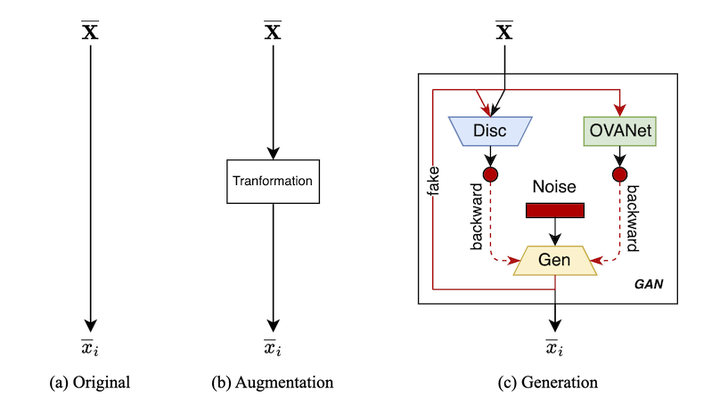Beyond the Known: Enhancing Open Set Domain Adaptation with Unknown Exploration

Abstract
Convolutional neural networks (CNNs) can learn directly from raw data, resulting in exceptional performance across various research areas. However, factors present in non-controllable environments such as unlabeled datasets with varying levels of domain and category shift can reduce model accuracy. The Open Set Domain Adaptation (OSDA) is a challenging problem that arises when both of these issues occur together. Existing OSDA approaches in literature only align known classes or use supervised training to learn unknown classes as a single new category. In this work, we introduce a new approach to improve OSDA techniques by extracting a set of high-confidence unknown instances and using it as a hard constraint to tighten the classification boundaries. Specifically, we use a new loss constraint that is evaluated in three different ways: (1) using pristine negative instances directly; (2) using data augmentation techniques to create randomly transformed negatives; and (3) with generated synthetic negatives containing adversarial features. We analyze different strategies to improve the discriminator and the training of the Generative Adversarial Network (GAN) used to generate synthetic negatives. We conducted extensive experiments and analysis on OVANet using three widely-used public benchmarks, the Office-31, Office-Home, and VisDA datasets. We were able to achieve similar H-score to other state-of-the-art methods, while increasing the accuracy on unknown categories.